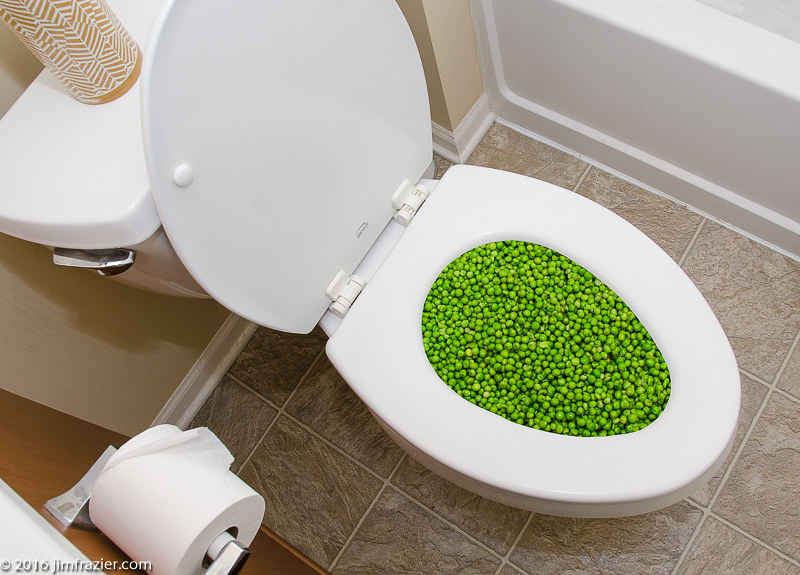Is it Reasonable to Dispose of Food Waste in the Toilet?
Is it Reasonable to Dispose of Food Waste in the Toilet?
Blog Article
The content in the next paragraphs pertaining to Flushing Food Down the Toilet? is absolutely interesting. You should investigate for yourself.

Intro
Many people are frequently faced with the predicament of what to do with food waste, particularly when it involves leftovers or scraps. One typical inquiry that emerges is whether it's fine to flush food down the commode. In this write-up, we'll delve into the reasons people may think about purging food, the effects of doing so, and alternate approaches for appropriate disposal.
Reasons individuals might think about flushing food
Lack of awareness
Some people may not recognize the prospective damage triggered by purging food down the commode. They may wrongly think that it's a harmless practice.
Comfort
Flushing food down the bathroom might feel like a fast and simple service to taking care of unwanted scraps, specifically when there's no nearby trash bin readily available.
Laziness
Sometimes, people might simply select to flush food out of large negligence, without taking into consideration the consequences of their activities.
Consequences of flushing food down the commode
Ecological influence
Food waste that ends up in rivers can add to contamination and damage marine ecosystems. In addition, the water made use of to purge food can strain water sources.
Pipes problems
Flushing food can cause clogged pipelines and drains, causing costly pipes repairs and inconveniences.
Types of food that must not be flushed
Coarse foods
Foods with fibrous textures such as celery or corn husks can get tangled in pipelines and create clogs.
Starchy foods
Starchy foods like pasta and rice can take in water and swell, causing obstructions in pipes.
Oils and fats
Greasy foods like bacon or cooking oils ought to never be flushed down the toilet as they can solidify and trigger obstructions.
Proper disposal methods for food waste
Using a garbage disposal
For homes furnished with waste disposal unit, food scraps can be ground up and purged with the plumbing system. Nonetheless, not all foods are suitable for disposal in this fashion.
Recycling
Certain food packaging products can be recycled, lowering waste and minimizing environmental effect.
Composting
Composting is a green method to throw away food waste. Organic products can be composted and used to enhance dirt for horticulture.
The importance of proper waste administration
Reducing environmental injury
Proper waste monitoring methods, such as composting and recycling, aid reduce pollution and preserve natural deposits for future generations.
Safeguarding pipes systems
By staying clear of the practice of flushing food down the toilet, homeowners can avoid pricey plumbing repair work and preserve the integrity of their pipes systems.
Final thought
Finally, while it might be appealing to flush food down the bathroom for comfort, it is essential to understand the potential effects of this activity. By adopting correct waste administration methods and getting rid of food waste properly, people can add to much healthier plumbing systems and a cleaner environment for all.
FLUSH FOOD DOWN THE TOILET?
FLUSHING FOOD CAN CAUSE BLOCKED DRAINS IN YOUR HOME
All of the plumbing fixtures in your home are connected to the same sewer pipe outside of your home. This outdoor sewer pipe is responsible for transporting all the wastewater from your home to the Council sewer mains. Even small pieces of food that go down the kitchen sink can cause problems for your sewer. It should therefore be obvious that flushing larger bits of food, such as meat, risks a clog in either the toilet itself or the sewer pipes. Flushing greasy food is even more problematic because oil coagulates when it cools, coating the interior lining of your pipes.
THE TOILET IS NOT A BIN
Food isn’t the only thing that people shouldn’t be flushing down the toilet. People use the toilet to dispose of all kinds of things such as tampons, makeup wipes, dental floss, kitty litter and even underwear. Water goes to great lengths to educate residents about the high costs and stress placed on wastewater treatment systems simply from people flushing the wrong stuff down the toilet. It costs taxpayers millions of dollars each year, and homeowners thousands in blocked drain repairs.
FLUSHING FOOD IS A WASTE OF WATER
Flushing food is a waste of our most precious resource - water. In June this year Level 1 water restrictions were introduced to protect water supply from drought conditions. Much of New South Wales continues to be affected by prolonged drought with recent figures revealing up to 97 per cent of the state remains in drought. Depending on whether you have a single or dual flush toilet, every single flush uses between five and 11 litres of water. In the current climate this is a huge amount of water to be wasting on flushing food that should be placed in the bin (or better yet, the compost).
https://www.jabplumbingsolutions.com.au/blog/can-you-flush-food-down-the-toilet

As a reader about , I assumed sharing that article post was a smart idea. Kindly set aside a second to promote this entry if you enjoyed reading it. Kudos for your time. Kindly check our blog back soon.
Call Today Report this page